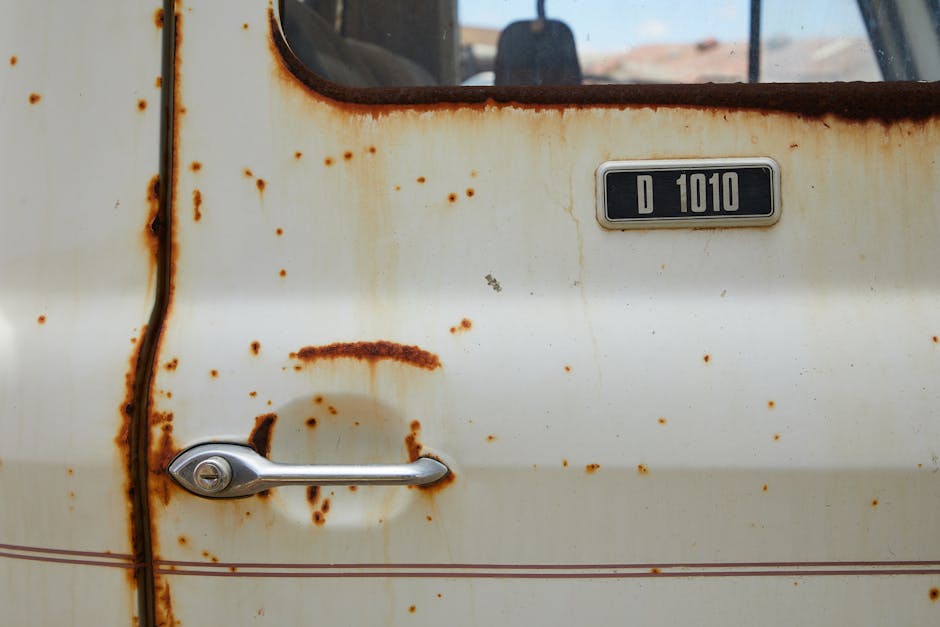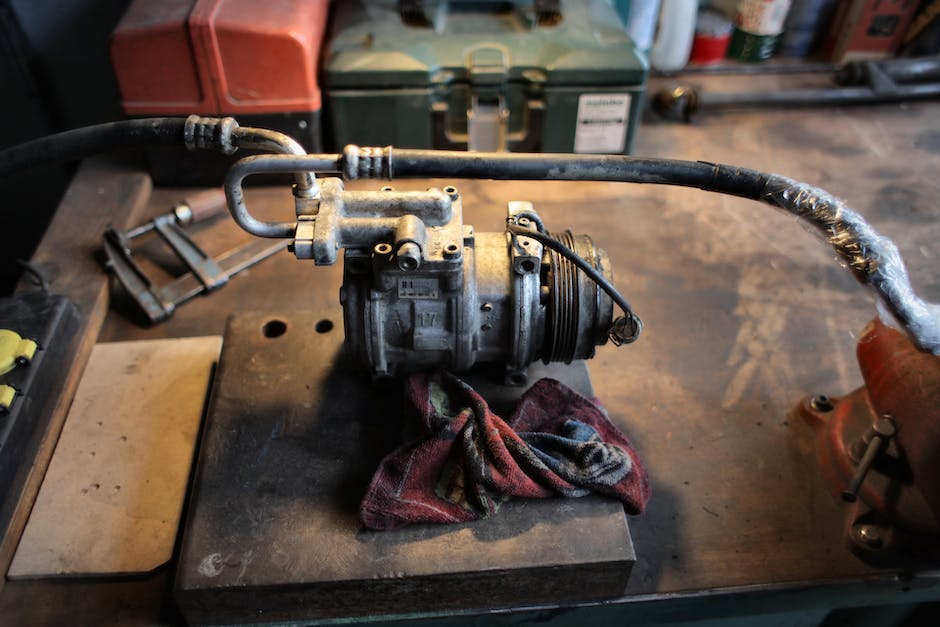A Guide to Salvage Yards: Hunting for Hidden Gems in Retro Parts

Salvage yards are treasure troves for enthusiasts seeking retro parts. These establishments, often overlooked, hold a wealth of history and functionality. Whether you are restoring a classic car, looking for vintage home décor, or hunting for rare mechanical components, salvage yards offer an array of unique finds that can breathe new life into old projects.
Understanding Salvage Yards
Salvage yards, also known as junkyards or wrecking yards, specialize in collecting and selling parts from decommissioned vehicles and machinery. They provide an eco-friendly solution to waste management by recycling usable components. According to the Automotive Recyclers Association, over 95% of vehicles in the U.S. end up in salvage yards at the end of their life cycle, contributing significantly to environmental conservation.
These yards categorize parts meticulously to aid customers in finding what they need. Sections are typically divided based on vehicle make and model, ensuring that even the most obscure parts can be located with relative ease. Many modern salvage yards now offer online inventories, allowing customers to check availability before making the trip.
A typical visit to a salvage yard involves browsing through rows of cars or machinery, often with tools in hand to extract needed parts. It’s a hands-on experience that requires patience and a keen eye for detail. Most yards operate on a self-service model, where customers remove parts themselves, although some also offer full-service options where employees assist in part removal.
How to Navigate a Salvage Yard
Before heading out to a salvage yard, preparation is key. Here are some steps to ensure a successful visit:
- Research: Identify which yards have the parts you need by checking their online inventories or calling ahead.
- Tools: Bring essential tools like wrenches, screwdrivers, and pliers. Some yards may rent out tools if you don’t have your own.
- Clothing: Wear durable clothing and sturdy gloves to protect yourself from sharp objects and debris.
- Documentation: Carry any necessary documents like part numbers or specifications to ensure compatibility with your project.
Once at the yard, it’s important to stay organized. Keep track of where specific parts are located and note any potential alternatives. Some enthusiasts recommend bringing a cart or bag for easier transport of multiple items.
An essential part of navigating salvage yards is understanding their pricing models. Prices are usually based on the part's condition and rarity. Some yards follow a fixed pricing structure while others may be open to negotiation. It's wise to compare prices across different yards and online platforms to get the best deal.
Popular Finds in Salvage Yards
Salvage yards cater to a wide range of interests beyond automotive parts. Below is a table highlighting some popular categories:
| Category | Common Finds |
|---|---|
| Automotive | Engines, transmissions, body panels |
| Home Décor | Vintage lighting fixtures, antique furniture pieces |
| Electronics | Circuit boards, retro gaming consoles |
| Agricultural Machinery | Tractor parts, industrial gears |
| Construction Equipment | Hydraulic systems, heavy-duty tires |
The automotive section is often the largest, with parts ranging from basic mechanical components to rare accessories for classic cars. Home décor enthusiasts find gems like antique doors, windows, and unique hardware pieces that add character to modern homes.
The electronics section caters mostly to hobbyists and DIY enthusiasts looking for components no longer available in retail stores. Agricultural machinery and construction equipment sections are vital for farmers and contractors seeking cost-effective solutions for repairs and maintenance.
Sustainability and Economic Benefits
Salvage yards play a crucial role in promoting sustainability by reducing waste and supporting recycling efforts. According to the Environmental Protection Agency (EPA), recycling automotive parts saves approximately 85 million barrels of oil annually that would otherwise be used in manufacturing new parts.
The economic benefits extend beyond cost savings for consumers. Salvage yards create job opportunities within local communities and support small businesses specializing in restoration and refurbishment projects. This localized economic impact fosters growth in related industries such as transportation and logistics.
Additionally, purchasing used parts from salvage yards supports the circular economy by extending the life cycle of products. This reduces the demand for new materials and minimizes environmental degradation caused by manufacturing processes.
The environmental advantages are complemented by significant financial savings for consumers. On average, used parts from salvage yards cost 50-75% less than new ones. This affordability makes them an attractive option for budget-conscious individuals working on personal or professional projects.
The sense of accomplishment derived from finding and repurposing vintage items adds intrinsic value that goes beyond monetary savings. Enthusiasts often take pride in their ability to breathe new life into old objects through creativity and resourcefulness.
Salvage yards are invaluable resources for individuals seeking retro parts across various sectors. By understanding how they operate, preparing adequately for visits, recognizing popular finds, and appreciating their sustainability benefits, one can fully leverage these treasure troves effectively.
